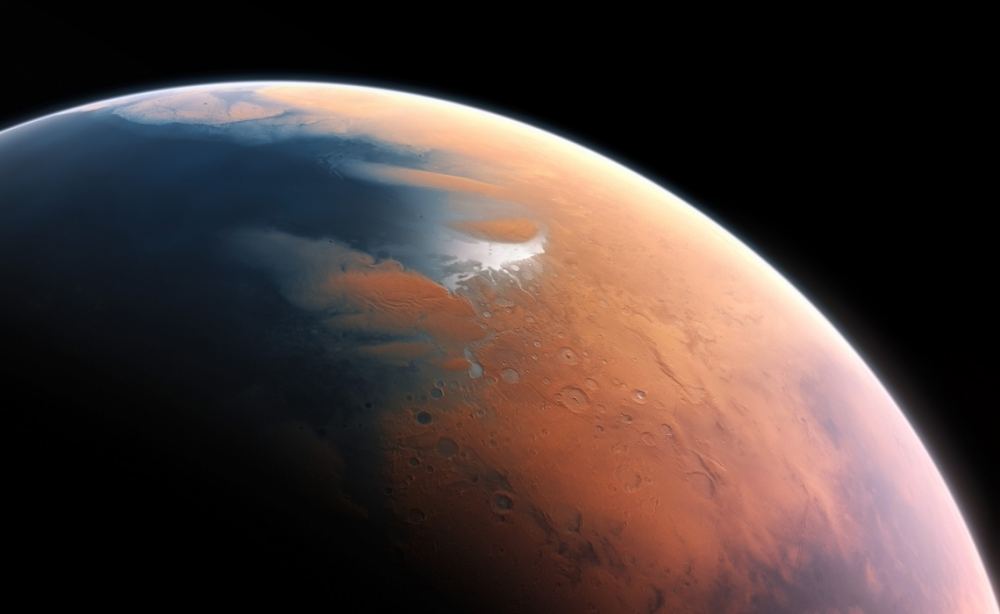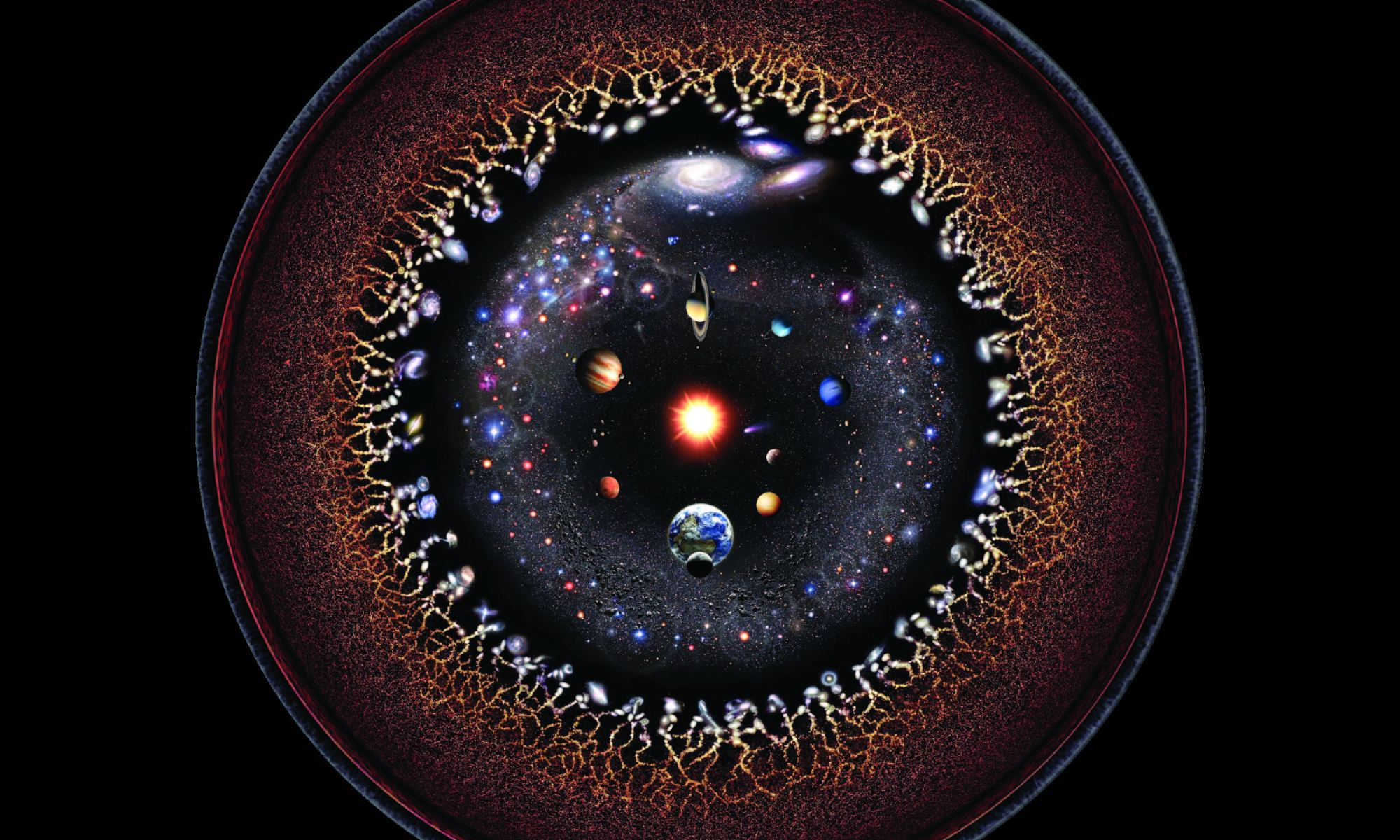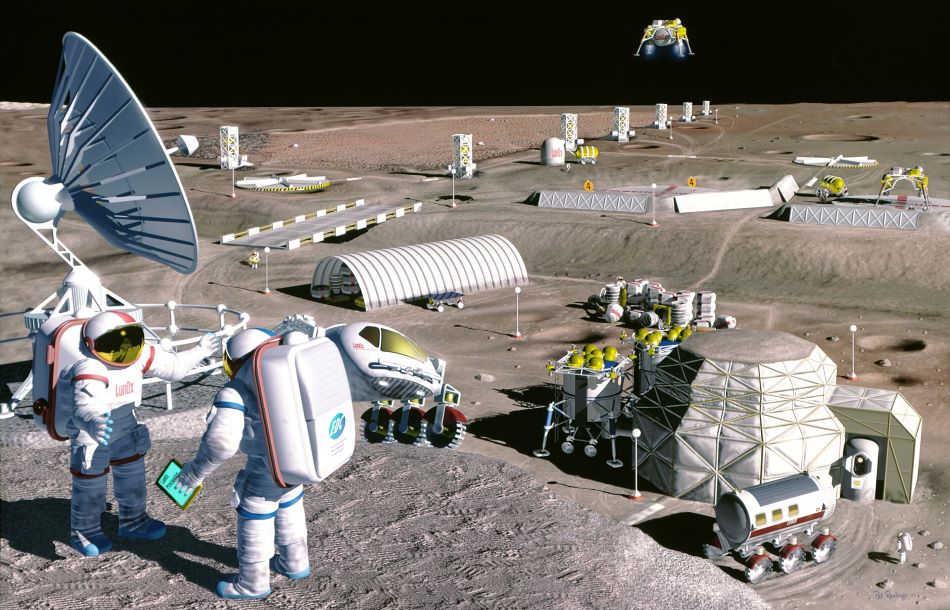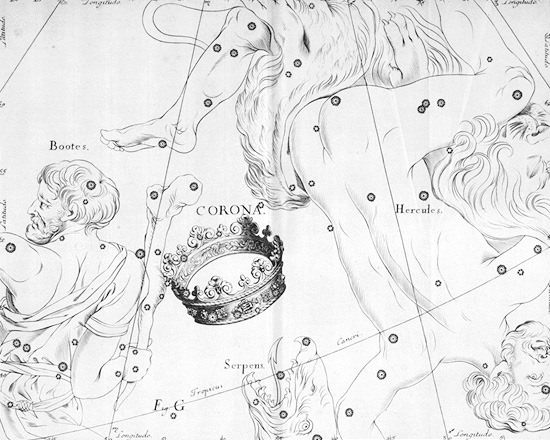In the constellation Taurus, there is a cluster of a few hundred stars known as the Hyades. The cluster is just 150 light-years away, and it could be harboring a stellar-mass black hole.
Continue reading “The Closest Black Holes to Earth are Probably Hidden in This Nearby Star Cluster”The Case for a Small Universe
The Universe is big, as Douglas Adams would say.
The most distant light we can see is the cosmic microwave background (CMB), which has taken more than 13 billion years to reach us. This marks the edge of the observable universe, and while you might think that means the Universe is 26 billion light-years across, thanks to cosmic expansion it is now closer to 46 billion light-years across. By any measure, this is pretty darn big. But most cosmologists think the Universe is much larger than our observable corner of it. That what we can see is a small part of an unimaginably vast, if not infinite creation. However, a new paper argues that the observable universe is mostly all there is.
In other words, on a cosmic scale, the Universe is quite small.
Continue reading “The Case for a Small Universe”Every Night and Every Morning, the Moon Rumbles With Tiny Quakes

The Moon was geologically active between 3.7 and 2.5 billion years ago, experiencing quakes, volcanic eruptions, and outgassing. Thanks to the Moon being an airless body, evidence of this past has been carefully preserved in the form of extinct volcanoes, lava tubes, and other features. While the Moon has been geologically inert for billions of years, it still experiences small seismic events due to tidal flexing (because of Earth’s gravitational pull) and temperature variations. These latter events happen regularly and are known as “moonquakes.”
Thanks to the Apollo missions, scientists have measured this activity using seismometers placed on the surface. In a recent NASA-funded study, a team of researchers from the California Institute of Technology (Caltech) reexamined the seismic data with a machine-learning model. This revealed that moonquakes occur with precise regularity, coinciding with the Sun rising to its peak position in the sky and then slowly setting. In this respect, moonquakes are like a “Lunar Alarm Clock,” which could be useful for future missions and lunar settlers!
Continue reading “Every Night and Every Morning, the Moon Rumbles With Tiny Quakes”The Outer Space Treaty was Signed in 1967. Can it Handle the Future of Space Exploration?
In a recent study submitted to the Journal of the British Interplanetary Society for the 8th Interstellar Symposium special issue, which is due for publication sometime in 2024, Dr. Jacob Haqq-Misra, who is a senior research investigator and the Chief Operating Officer and co-founder at the Blue Marble Space Institute of Science, examines how future space exploration governing laws could evolve, either crewed or uncrewed and in the solar system or beyond. He views this study as an expansion of interplanetary governance models he previously discussed in his book, Sovereign Mars, to explore potential limits on space governance at interstellar distances.
Continue reading “The Outer Space Treaty was Signed in 1967. Can it Handle the Future of Space Exploration?”A Black Hole Nibbles on a Star Every 22 Days, Slowly Consuming it
Astronomers working with NASA’s Neil Gehrels Swift Observatory have spotted something unusual. The observatory’s X-Ray Telescope (XRT) has captured emissions from a supermassive black hole (SMBH) in a galaxy about 500 million light-years away. The black hole is repeatedly feeding on an unfortunate star that came too close.
Continue reading “A Black Hole Nibbles on a Star Every 22 Days, Slowly Consuming it”A Medieval Manuscript Likely Hides a Record of an Impending Recurrent Nova
Approximately every 80 years, a faint 10th magnitude star in the constellation of Corona Borealis dramatically increases its brightness. This star, T CrB, is known as a recurrent nova and last flared in 1946, peaking at magnitude 2.0, temporarily making it one of the 50 brightest stars in the night sky.
Aside from the 1946 eruption, the only other confirmed observation of this star’s outburst was in 1866. But new research by Dr. Bradley Schaefer suggests that a medieval monk may have spied T CrB brightening in 1217.
Continue reading “A Medieval Manuscript Likely Hides a Record of an Impending Recurrent Nova”Should the Next Big Observatories Be Built on the Moon?
We have built telescopes in our backyards, and high upon remote mountains, and even launched telescopes into space. With each advancement in our technology, we have made amazing and surprising new discoveries about the Universe. So what should our next advance in observatories be? Based on a new paper on the arXiv, a good choice would be the lunar surface.
Continue reading “Should the Next Big Observatories Be Built on the Moon?”DART Had a Surprising Impact on its Target

After NASA’s DART mission slammed into asteroid Dimorphous in September 2022, scientists determined the impact caused tons of rock to be ejected from the small asteroid’s surface. But more importantly, DART’s impact altered Dimorphos’ orbital period, decreasing it by about 33 minutes.
However, a group of researchers measured the orbital period about a month later and discovered that it had increased to 34 minutes — 1 minute longer than the first measurements. Even though it was a single impact from DART, some force continued to slow the asteroid’s orbit, and astronomers don’t yet know what that mechanism might be.
Continue reading “DART Had a Surprising Impact on its Target”Follow the Fall 2023 Return of Comet 103P Hartley
Catch periodic cosmic interloper 103P Hartley while you can.
Periodic comets are like old friends, back for a visit. We have a get together with just such a denizen of the cometary league, as Comet 103P Hartley makes a favorable apparition in late 2023.
Continue reading “Follow the Fall 2023 Return of Comet 103P Hartley”Mars Doesn’t Have as Many Minerals as Earth

Earth and Mars are very much alike, but also very different. Among other things, scientists find that Earth is much more mineral-rich than the Red Planet. It has 6,000 different minerals. By contrast, Mars has only 161. That’s a big difference. How could this have happened?
Continue reading “Mars Doesn’t Have as Many Minerals as Earth”






